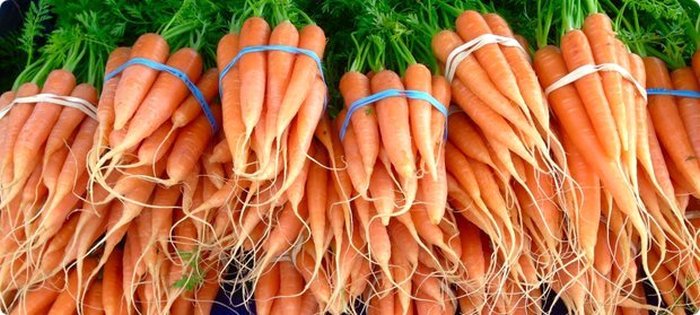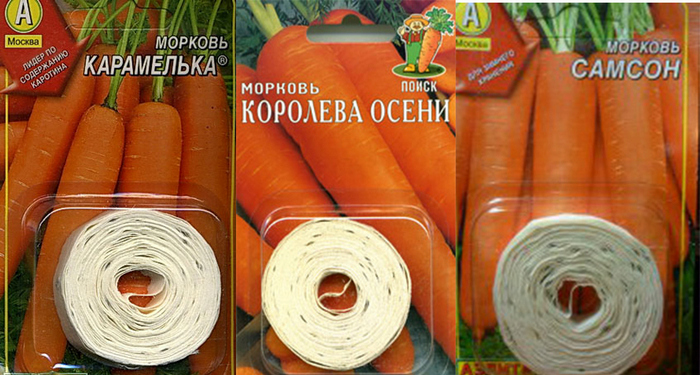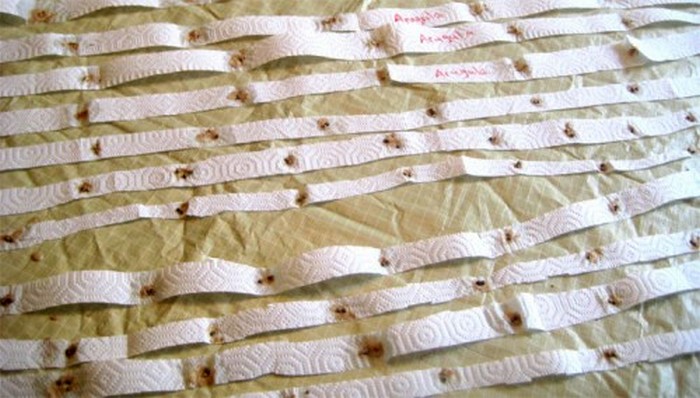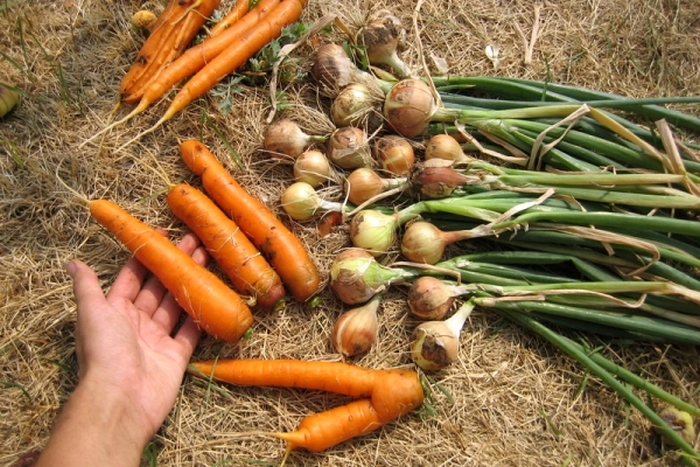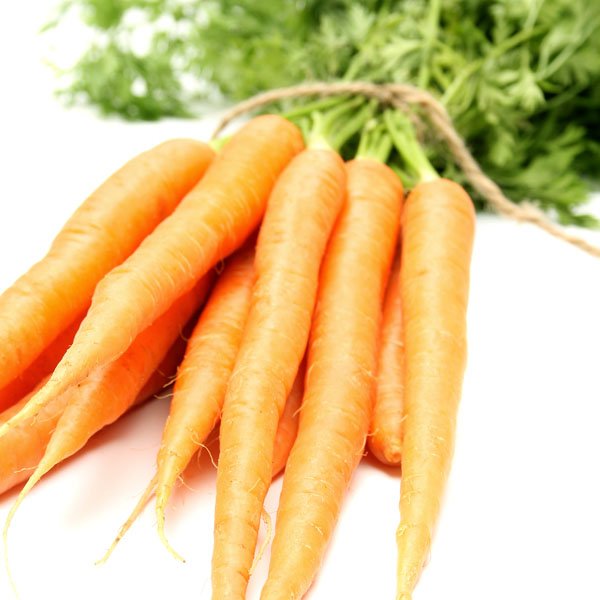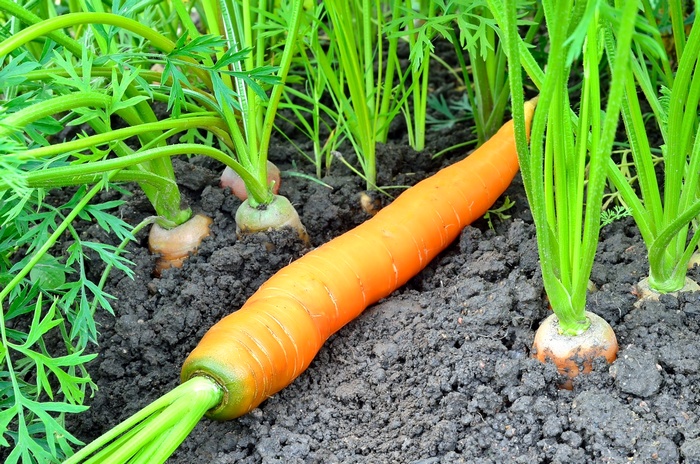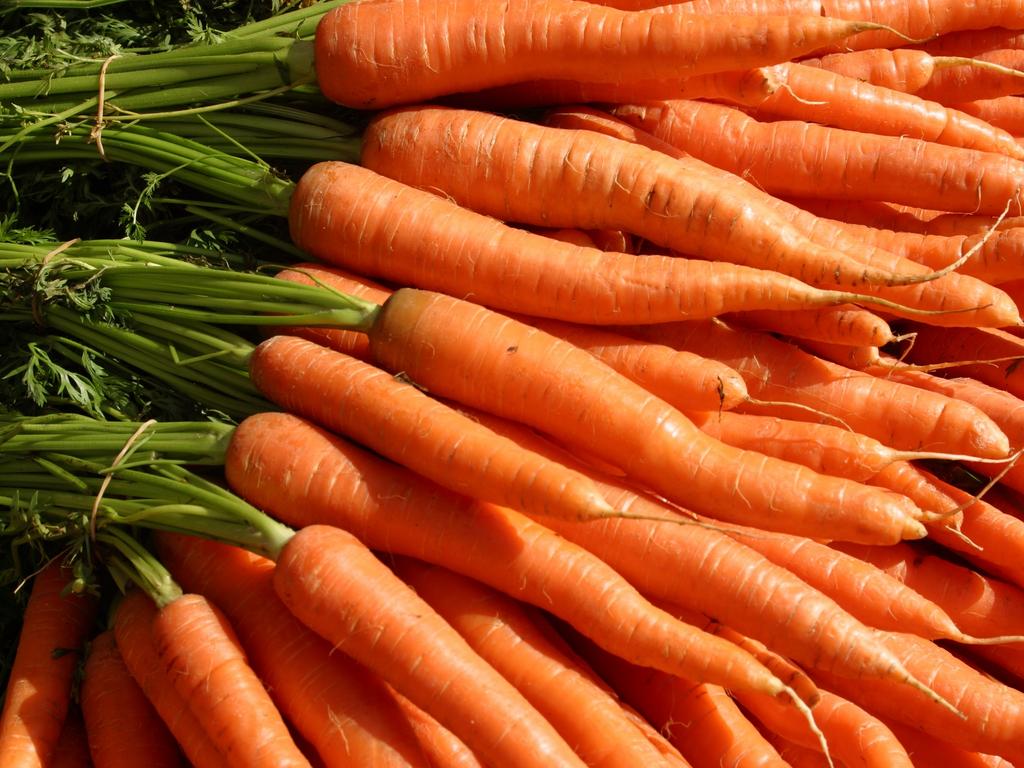Content:
Most amateur gardeners very often plant carrots in their garden, since this crop grows without much hassle in the open field. Its advantages also include the increased content of vitamins and minerals. And in terms of the amount of keratin, carrots are known to be the leader among vegetable crops (not counting sea buckthorn).
Seed planting requirement
However, in order to get sufficiently large and even fruits of carrots, we first advise you to familiarize yourself with the basic requirement that must be met when planting it in the open field. This rule assumes that when planting seeds, it is imperative to thin them out (this procedure is the main condition for obtaining a good harvest).
Maintaining a given distance between the seeds allows you to get fruits of a neat shape and a fairly large size, but with manual planting, this is not always possible.
The only correct way out of this situation is to find a way to artificially maintain the required removal of one seed from another. This approach to planting them comes down to the use of special techniques that allow you to reliably plant seeds in the soil of the garden plot.
As a basis for such fixation, commonly used adhesive tape or any other material on which they can be easily glued by hand is usually used. But before attempting to place carrot seeds on the belt and how to plant them in the ground, be sure to read the following chapters.
Methods for gluing (preparing) seeds
In order to have a clear idea of how to plant carrots on a belt in the open field, you should first familiarize yourself with the techniques that allow you to fix the distance between the seeds when they are placed on flexible carriers. The whole secret of this approach to growing carrots is that in this case they are not afraid of either the rains or the strong pressure of water that can mix them.
The five most common ways of planting carrot seeds include the following options for their tape placement:
- Purchase of ready-to-use seed strips;
- Self-placement on a special adhesive tape;
- Using for these purposes store-bought toilet paper, to which the seeds are not difficult to glue;
- Planting seeds on ordinary paper napkins;
- Planting options on various bases using homemade starch or flour paste.
Each of these approaches has its own characteristics and disadvantages, which should be considered separately.
Buying finished tape
Pre-sticking carrot seeds on adhesive tape is considered one of the most reliable ways to fix them in space.
The seeds are distributed along the entire length at a fixed distance from one another, which guarantees optimal germination of each root crop. All carrot lovers have to do in this situation is to go out and buy ready-to-eat stuff. In the course of planting, such strips are placed in previously loosened grooves, and then lightly sprinkled with soil.
As the seed germinates, the paper with glue applied to it disintegrates under the influence of soil moisture, and the sprouts of the future fruit that remain free continue to develop. The advantages of this method of preparing for planting include the fact that the carrot seeds bought in the store do not need preliminary processing and preparation.
The disadvantages of this approach include, first of all, the high cost of strip blanks. And, indeed, if it is planned to plant large areas with seed materials, a decent amount will be required to acquire them.
In addition, the quality of such a planting stock is only getting worse every year. This is why most gardeners, having learned this lesson well, prefer to stick the seeds onto the ribbons with their own hands.
Self sticking
All those who have a sharp eye and a reliable hand at their disposal can easily make such a base for seeds on their own. This option is also suitable in cases where it is necessary to plant varieties of special (elite) carrots.
The tape can be any suitable soft cloth or a similar base coated with a natural adhesive composition (paste, for example). But most gardeners love the familiar toilet material. Anyone who would like to know how to stick carrot seeds on toilet paper for planting, we advise you to read the following instructions:
- Before planting carrots on toilet paper, first of all, you need to check the percentage of germination of the prepared material;
- To do this, you first need to take several seeds and place them in a cotton cloth well-moistened with water, after which it is wrapped in polyethylene, and then kept in a warm place without drying out;
- After ten days, open the polyethylene and evaluate the degree of pecking, and then select only high-quality seed material with maximum germination rates (better - up to 100%).
All further actions for the preparation of seeds should be developed in compliance with the following rules:
- First, the toilet paper is cut into strips approximately 2-3 cm wide, after which you can start preparing the paste or jelly (at your choice, whoever is more comfortable).
To do this, slowly pour 2 tablespoons of flour into boiling water in a glass with stirring. After the composition has thickened, it should be left to cool completely.
- Secondly, with the help of a match, small drops of paste are applied to the paper with a step of about 3-5 cm, and then the seeds are alternately laid out with a moistened needle.
Having finished gluing the seeds on the paste, you can proceed to the procedure for drying the finished ribbons, which are left for about a day. Once dry, they are neatly rolled into tubes and stored in a cool and dry place until the start of the growing season.
Landing ribbons
Before sowing the prepared material in the garden soil, the following requirements must be met:
- It is recommended to dig up the land on the site planned for planting in late autumn to give it a little rest.And with the arrival of spring, about a month before planting carrots, you should thoroughly rake over the previously dug soil;
- Immediately before planting, the land for carrots must be carefully furrowed;
- The day before starting the direct sowing of seeds into the soil, you should again take the rake in order to loosen the soil a little;
- After that, in the area where it is planned to plant the carrots, it will be necessary to make deep grooves about 4 cm wide, which are then necessarily spilled with warm water;
Next, you will need to carefully spread the pre-unfolded paper strips along the grooves, placing them at approximately the same depth.
- Before sowing carrots by placing the tape in the ground, it is important to ensure that the seed plane is facing the ground.
Compliance with these, in general, simple rules allows you to get a good harvest of your favorite crop at the end of the season. Also, do not forget about the need to provide adequate care for the planted seeds. Usually, it manifests itself in the fact that after the seedlings are lightly sprinkled with earth, they must be covered with opaque polyethylene, which retains heat well.
Its edges must be pressed as tightly as possible to the ground with bricks or heavy stones, which eliminates the likelihood of a strong wind breaking off the coating. After a couple of weeks, the film can be removed completely, thereby providing full access to sunlight. If the seed planting zone is located on the northern side of the site, the film may be removed no earlier than 18 days after sowing.
In conclusion, we note that planting carrot seeds with a ribbon in open ground is a rather laborious and responsible business. That is why the preparatory stage described in the first half of the review is of particular importance.
